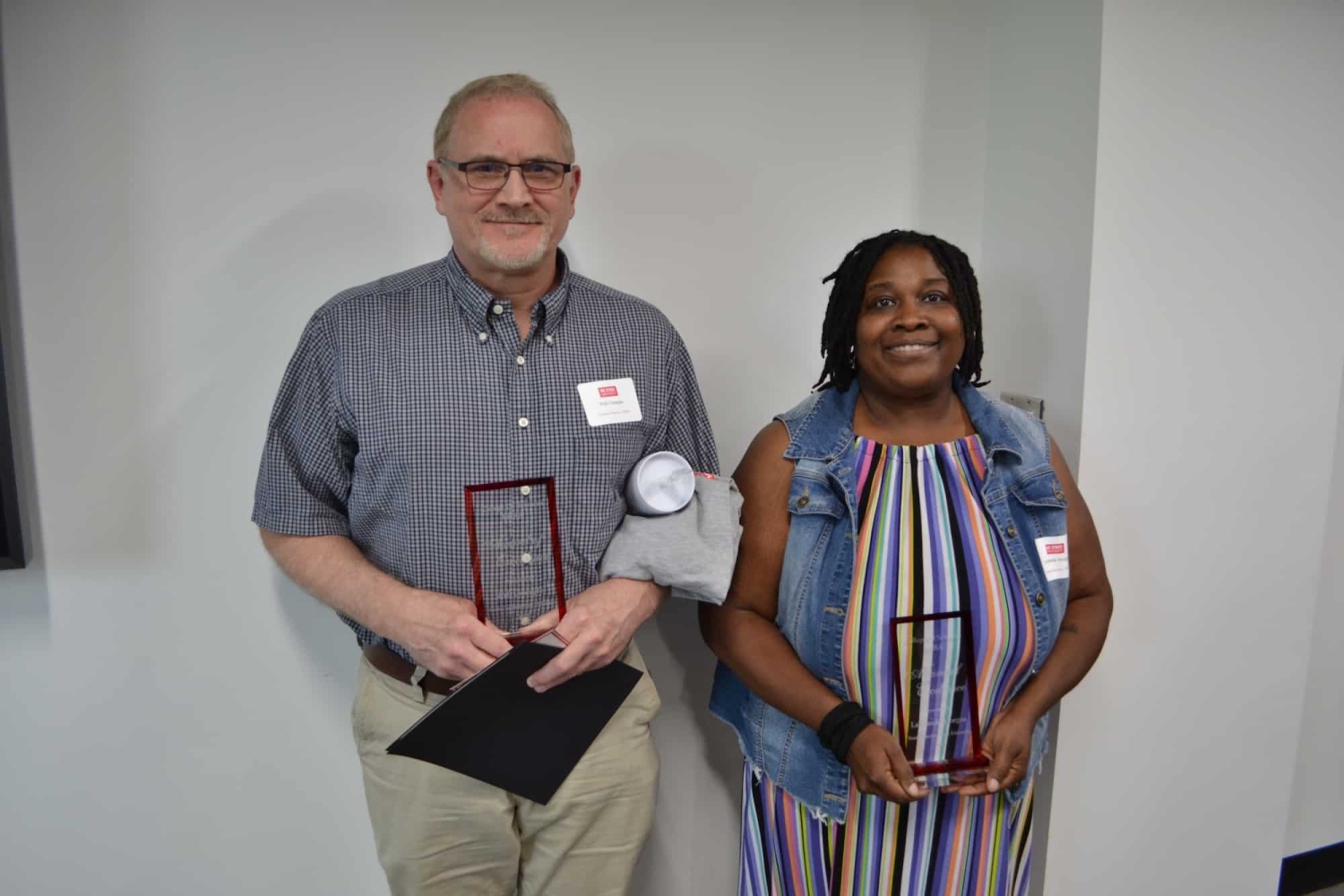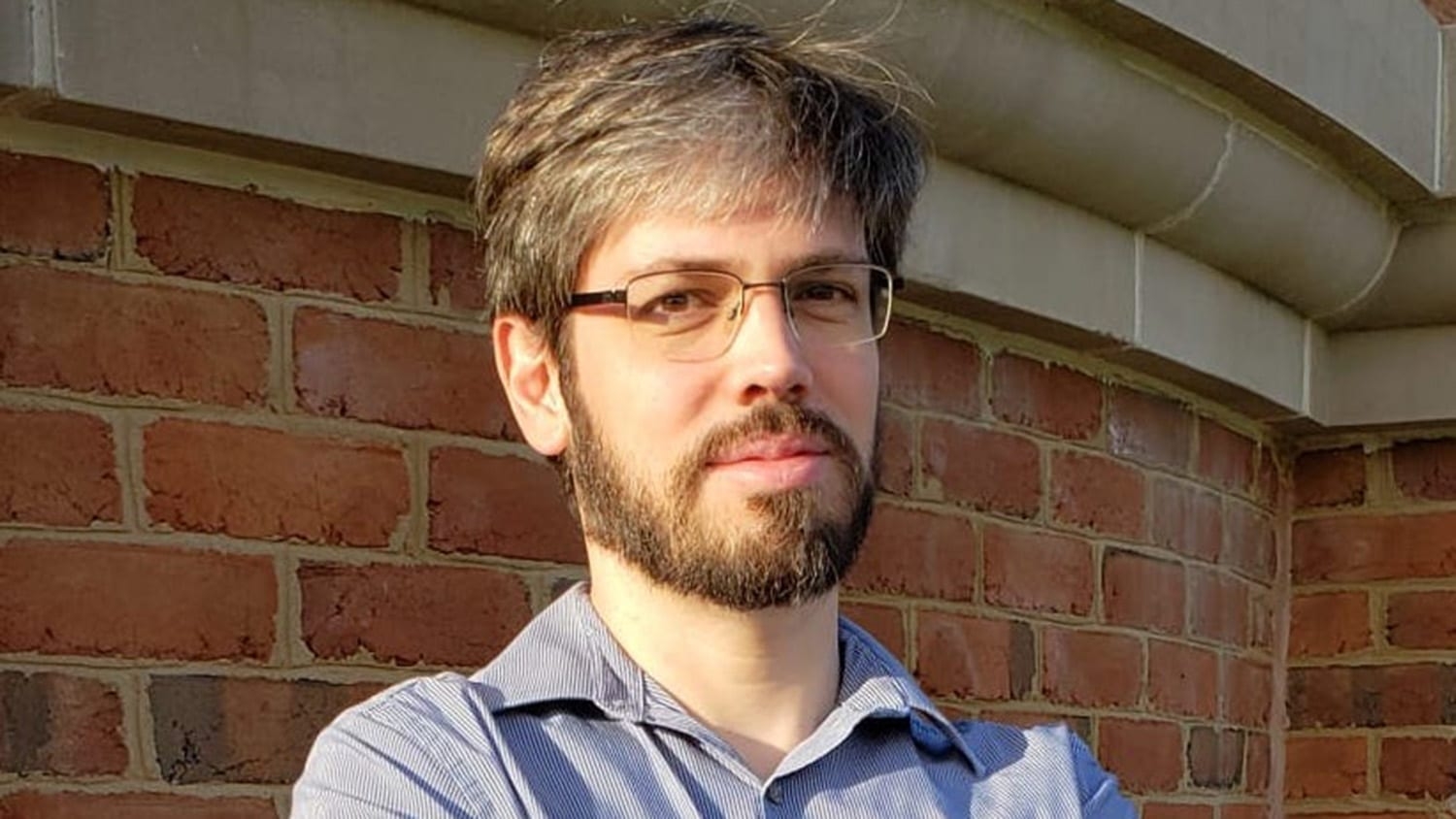Featherstone Receives Richard L. Blanton Outstanding Capstone Award

By Chester Brewer
Each year, the staff of the University Honors and Scholars Program is honored to select a student to receive the Richard L. Blanton Outstanding Capstone award.
The Richard L. Blanton Outstanding Capstone Award recognizes exceptional work by University Honors Program students and encourages the highest levels of undergraduate scholarship and research at NC State. The award honors Richard L. Blanton, who served as the first permanent director of the University Honors Program and is currently a professor of plant and microbial biology and director of graduate programs in plant biology.
Nominations for the award are initiated by the student’s capstone mentor, who submits a letter that evaluates the capstone on the following criteria:
- The self-directed and independent nature of the research
- The importance and impact of the project
- The originality and creativity of the work
- The quality of the scholarship
- Any other factors which denote excellence in research
For fall 2021, the Richard L. Blanton Award recipient is Jack Featherstone. Jack is being recognized for his contributions to research in the astrophysics community, his generosity and his kindness.
Jack’s Capstone mentor, professor Karen Daniels, noted that “[t]he initiative and rigor he has shown during the completion of this project is nothing short of remarkable.” Additionally, Jack was the lead author on a paper that has been accepted for publication by The Planetary Science Journal; this paper “presents, for the first time, a set of experimental tools that have not previously been used in the experimental astrophysics community, while also presenting new scientific results.”
In short, Jack is a brilliant and hard-working scholar, as well as a kind, generous and collaborative individual. He makes the physics community — and in fact, any community with which he engages — a better place.
This post was originally published in DASA.


